Time Period: Early Twentieth Century (1901 - 1940)
 Slater Lynching Article
Slater Lynching Article
Slaughter, Tom
 Tom Slaughter
Tom Slaughter
 Tom Slaughter Death Article
Tom Slaughter Death Article
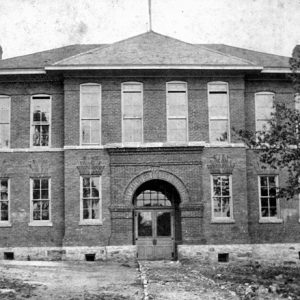 Sloan-Hendrix Academy
Sloan-Hendrix Academy
Sloan-Hendrix Academy
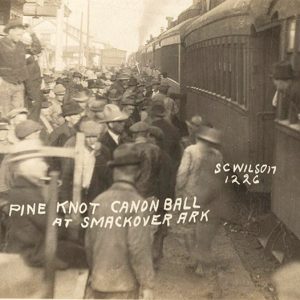 Smackover Depot
Smackover Depot
 Smackover Fire Department
Smackover Fire Department
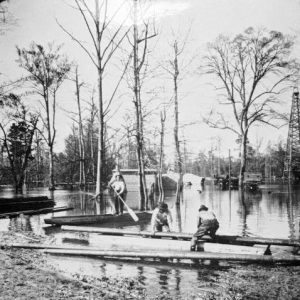 Smackover Oil Field
Smackover Oil Field
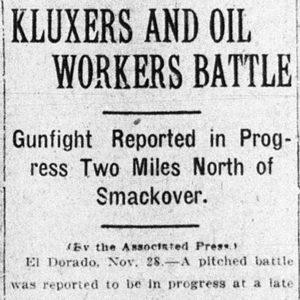 Smackover Riot Article
Smackover Riot Article
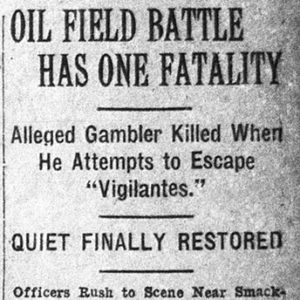 Smackover Riot Article
Smackover Riot Article
Smackover Riot of 1922
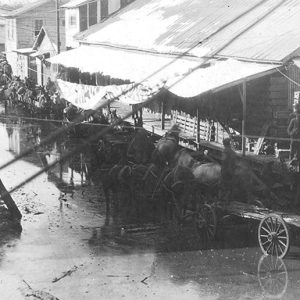 Smackover Street Scene
Smackover Street Scene
 Smackover Street Scene
Smackover Street Scene
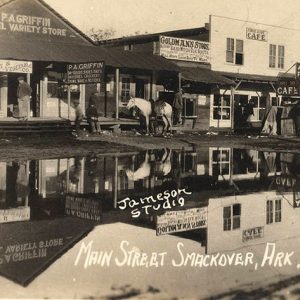 Smackover Street Scene
Smackover Street Scene
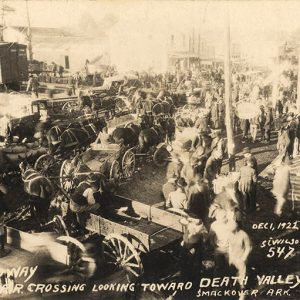 Smackover Street Scene
Smackover Street Scene
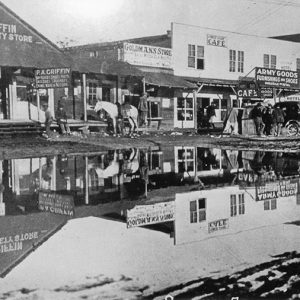 Smackover Street Scene
Smackover Street Scene
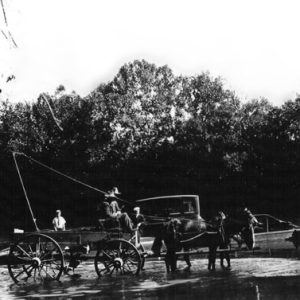 Smith Ferry
Smith Ferry
 Annie Smith
Annie Smith
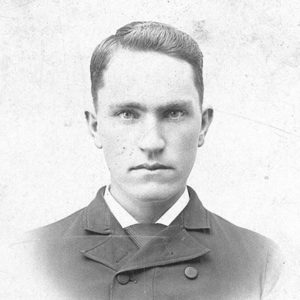 "Dr. Mack" Smith
"Dr. Mack" Smith
 "Dr. Mack" Smith Home
"Dr. Mack" Smith Home
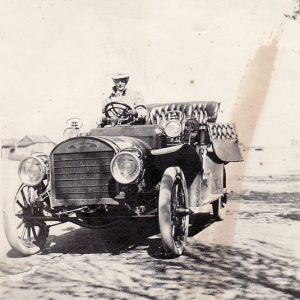 Effie Anderson Smith Driving
Effie Anderson Smith Driving
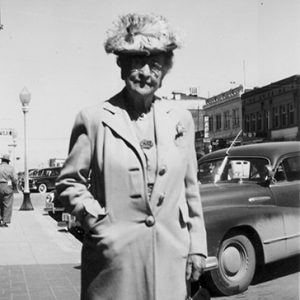 Effie Anderson Smith
Effie Anderson Smith
Smith, Effie Anderson
 Frank G. Smith
Frank G. Smith
Smith, Frank Grigsby
 Hay Watson Smith
Hay Watson Smith
Smith, Hay Watson
Smith, James (Lynching of)
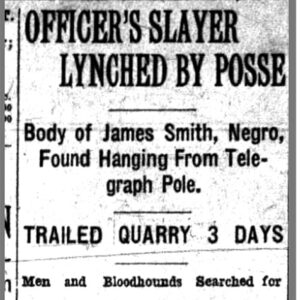 James Smith Lynching Article
James Smith Lynching Article
Smith, Leroy (Lynching of)
 Smith Lynching Article
Smith Lynching Article
Smith, Less (Lynching of)
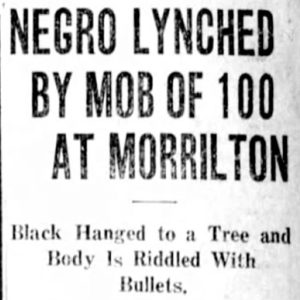 Less Smith Lynching Article
Less Smith Lynching Article
Smith, Morgan
 Morgan Smith Article
Morgan Smith Article
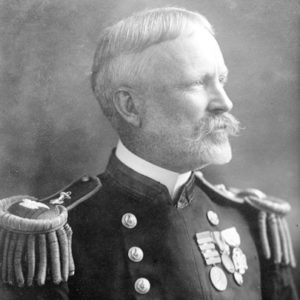 Roy Smith
Roy Smith
Smithville Public School Building
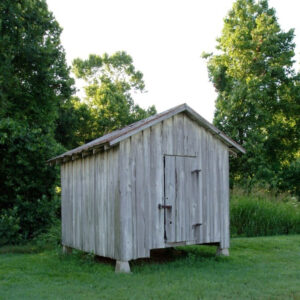 Smoke House
Smoke House
 Snag Boat Arkansas
Snag Boat Arkansas
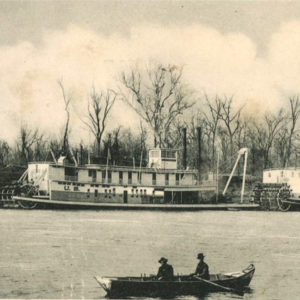 Snag Boats on White River
Snag Boats on White River
Sneed Tornado of 1929
aka: Tornado Outbreak of April 10, 1929
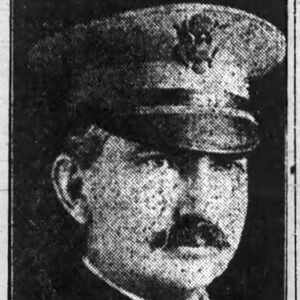 William Anderson Snodgrass
William Anderson Snodgrass
Snodgrass, William Anderson
Socialist Party
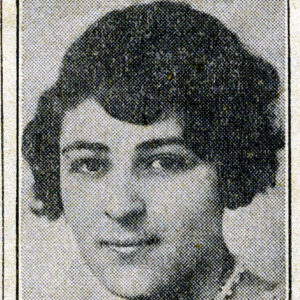 Lidia Gertrudis Sogandares
Lidia Gertrudis Sogandares
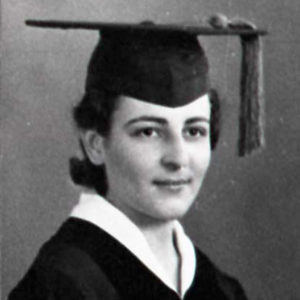 Lidia Gertrudis Sogandares
Lidia Gertrudis Sogandares
Sogandares, Lidia Gertrudis
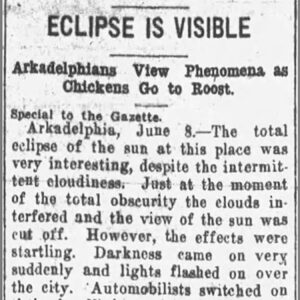 Solar Eclipse of 1918
Solar Eclipse of 1918




